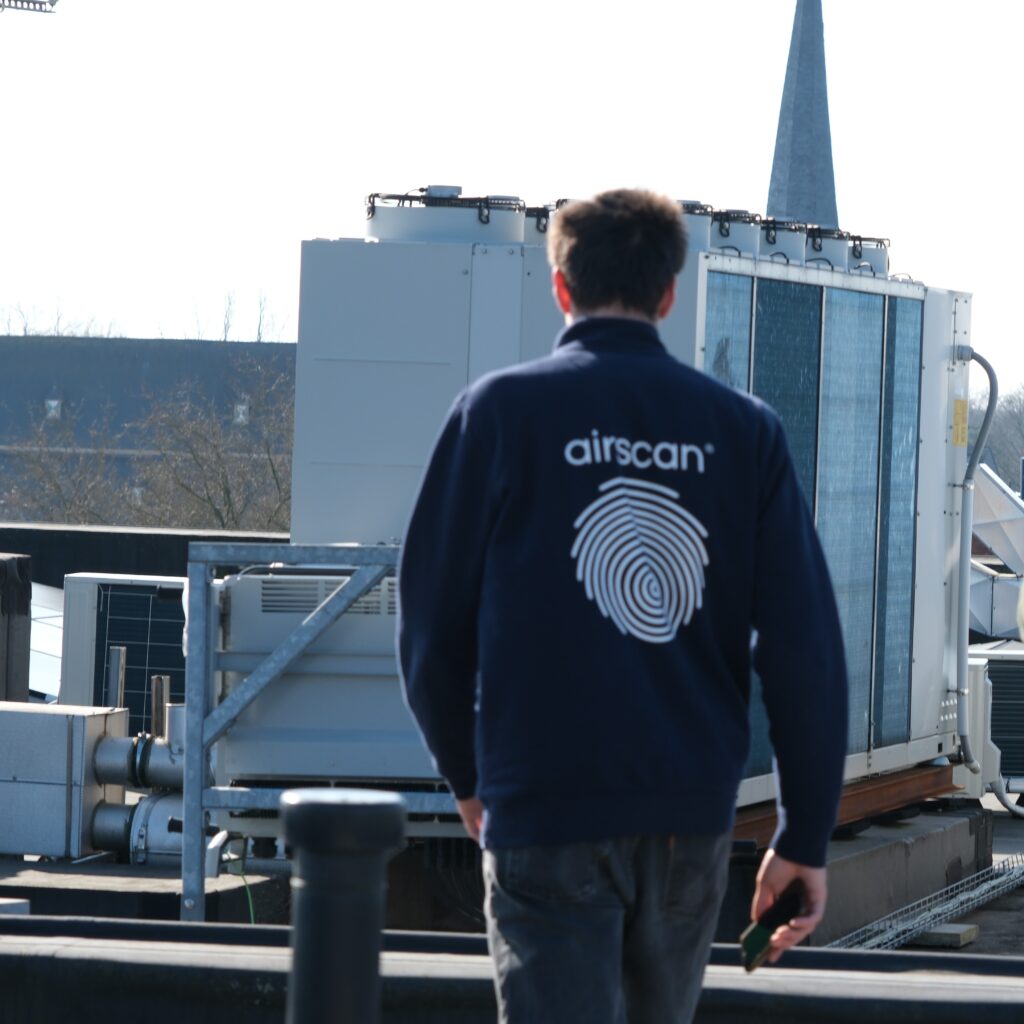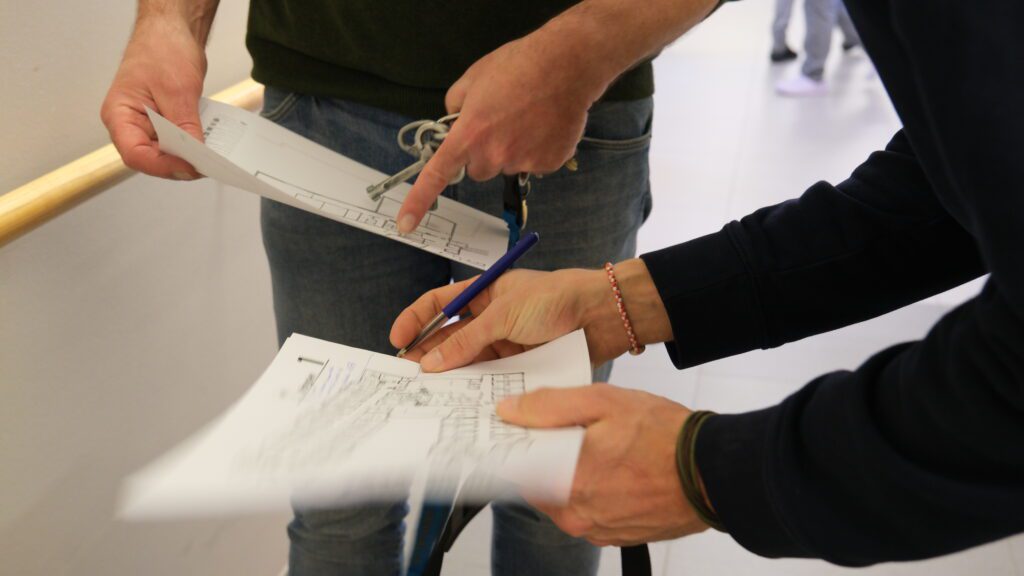Ventilation Audits in Flanders Care Homes: Airscan’s 40‑Site Study on Indoor Air Quality
Introduction
Indoor air quality is a crucial factor in ensuring the health and well-being of residents in care facilities. As part of a project by the Flemish Energy Agency (VEB), funded by the Flemish Institute for Personalised Care (VIPA), Airscan recently carried out 40 comprehensive ventilation audits in residential care centres across Flanders.
The objective: to assess CO₂ levels, evaluate ventilation systems, and identify opportunities for structural improvements.
Project Objectives

Indoor Air Quality
Monitor indoor air quality using continuous CO₂ measurements
Ventilation system
Analyse the effectiveness of ventilation systems
Data-driven recommendations
Provide data-driven recommendations for healthier living environments in residential care homes
Methodology : How the Audits Were Conducted
The aim of these audits was to evaluate indoor air quality based on CO₂ measurements and a thorough analysis of the ventilation systems in place. In each residential care home, CO₂ levels were continuously measured for two weeks in five representative rooms.
This measurement campaign resulted in a
comprehensive ventilation report including:
- an assessment of the existing ventilation system;
- an analysis of the measured air flows;
- a comparison with the applicable standards (such as the
guideline value of 900 ppm and limit value of 1200 ppm CO₂);
- and a detailed overview of all room types, including surface
areas and ventilation zones on a plan.
To ensure accuracy and representativeness, Airscan implemented the following audit process:
Continuous CO₂ Measurements
Over a period of two weeks, CO₂ levels were recorded in five representative rooms within each residential care centre.
Room Types Monitored
The selected areas included:
- Residents’ private rooms
- Communal living areas
- Cafeterias
- Sanitary facilities
- Administrative offices
System Evaluation
An in-depth analysis of the existing ventilation systems was carried out to determine efficiency and compliance with indoor air quality guidelines.
Key Findings: What the Data Revealed
The results show that a significant proportion of residential care centres do not meet the recommended CO₂ guideline values:
- In 27.5% of the rooms tested (55 out of 200), the guideline value of 900 ppm was exceeded in more than 10% of the time.
- In 9.5% of the rooms (19 out of 200), the limit value of 1200 ppm was even exceeded in more than 10% of the time.
- A need for structural improvements in ventilation systems to meet recommended standards
These figures underscore the importance of a healthy indoor climate, especially in residential care centres where vulnerable residents live.
"Ventilation is often an underestimated aspect of building management in residential care homes. With these audits, we not only provide insight, but also clear and actionable points for improvement."
Marie Godard - Project Manager at Airscan
Why Ventilation matters in Cares Homes ?
Good ventilation is essential for the well-being of both residents and staff, and is an important link in the prevention of respiratory infections and general health complaints.
Good indoor air quality is essential for:
- Reducing respiratory issues among older residents
- Preventing the spread of airborne pathogens
- Supporting occupant comfort and well-being
Poor ventilation can lead to the accumulation of harmful particles and viruses, especially in spaces where vulnerable individuals live.

Airscan’s Recommendations for Healthier Indoor Air

Based on the results, Airscan suggests a combination of technical upgrades and daily best practices:
- Upgrade mechanical ventilation systems to align with modern performance standards.
- Implement real‑time CO₂ display units in communal spaces so staff can monitor conditions instantly.
- Schedule regular maintenance and filter replacements to keep systems running efficiently.
- Train facility staff to operate ventilation systems effectively and understand CO₂ readings.
Encourage a balance between natural and mechanical ventilation in suitable weather conditions.
Conclusion : Air Quality Is an Investment in Well‑Being
The findings from the 40 ventilation audits by Airscan (supported by VEB and VIPA) reinforce the urgent need to modernise air quality practices in Flanders’ residential care facilities. Proper ventilation directly impacts health, comfort, and quality of life, especially for vulnerable populations.
By adopting Airscan’s recommendations, facilities can reduce risks, enhance comfort, and ensure compliance — ultimately making care homes healthier and more resilient.
- Smart Ventilation
